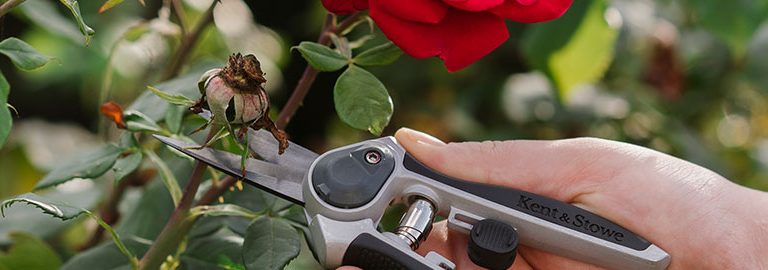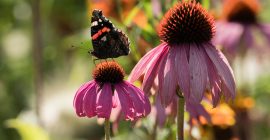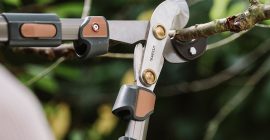To keep your rose bushes flourishing and blooming abundantly, deadheading is a crucial practice. Deadheading involves the removal of spent or faded flowers from the plant. Not only does this promote new growth and increase flowering, but it also maintains the overall health and appearance of your rose bushes. Read our step-by-step instructions on how to deadhead roses to ensure your garden remains a haven of vibrant blooms.
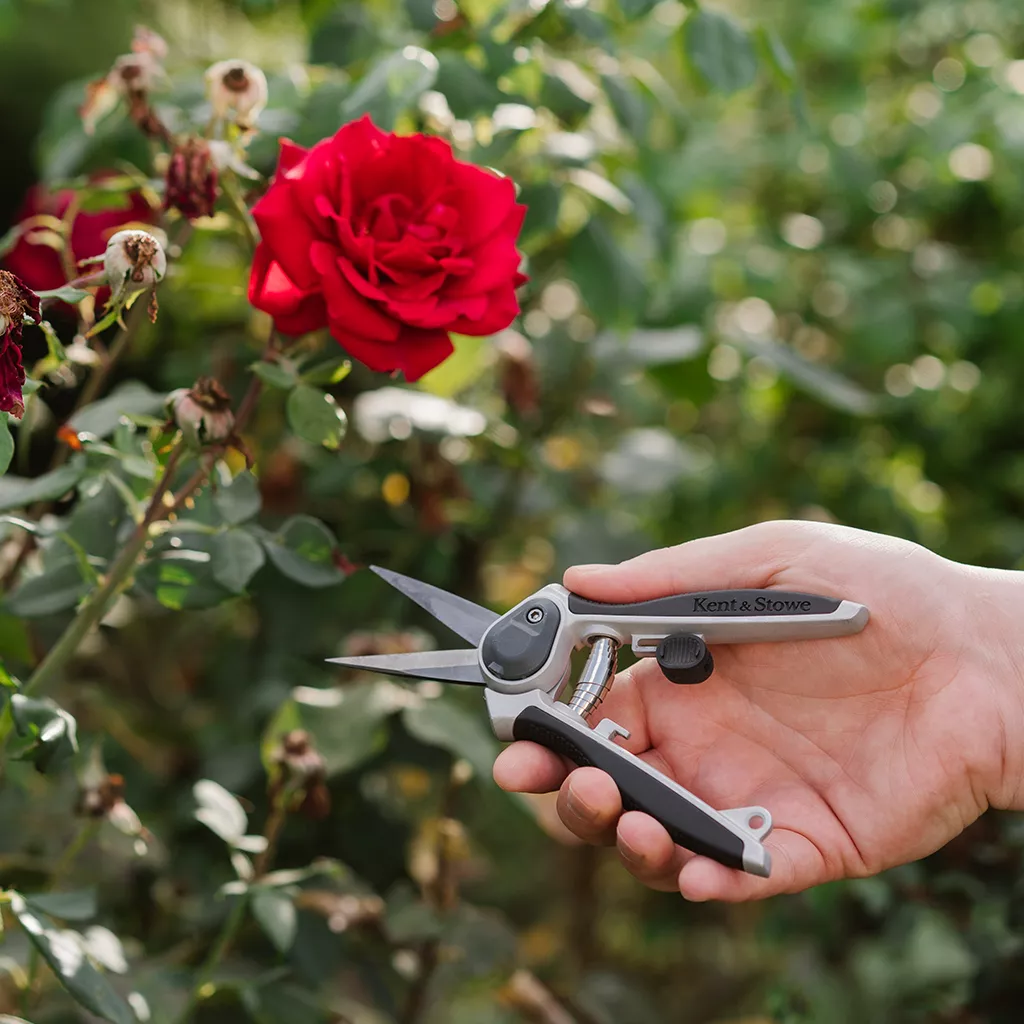
Why deadhead roses?
Deadheading is an essential task in rose care for several reasons:
- Encourages Continuous Blooming: By removing spent flowers, you encourage the plant to channel its energy into producing new buds and flowers. This promotes a longer blooming period, allowing you to enjoy the beauty of your roses for an extended time.
- Enhances Aesthetic Appeal: Regular deadheading keeps your rose bushes looking neat and attractive. Eliminating faded blooms prevents the plant from diverting energy into producing hips (seed pods), allowing it to focus on growing healthy new foliage and flowers.
- Prevents Disease and Pest Issues: Removing spent flowers can help prevent the development of diseases and pest problems that often affect decaying petals and hips.
- Maintains Plant Health: Deadheading prevents the rose plant from putting resources into producing seeds, directing those resources instead towards producing healthy leaves, stems, and new blooms.
When to Deadhead Roses?
The best time to deadhead roses is when the flowers have fully bloomed and begun to fade. You can identify these spent blooms by their drooping petals and faded colors. It’s important not to wait too long, as leaving faded flowers on the plant for an extended period can signal to the plant to start producing seeds, slowing down new growth.
How to Deadhead Roses
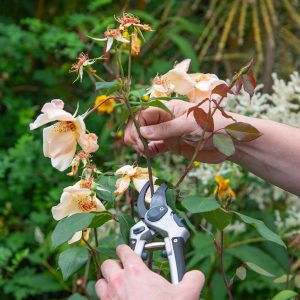
- Gather Your Tools:
- Sharp Secateurs or Snips
- Gloves (optional)
- Container for collecting trimmed flowers
- Inspect the Bush: Examine the rose bush for spent blooms. Focus on those that have lost their vibrant color and are beginning to wilt.
- Remove flowers: Cut just above the closest leaves of the flowers that are wilting, and put the blooms in your green bin or compost heap.
- Locate the Bud Eye: For later on in the year, pruning your roses becomes a bigger priority. Look for a healthy bud eye located just above the first set of five leaves. The bud eye is where new growth will emerge. This is where you’ll make your cut.
- Cutting Technique: Holding your secateurs or snips at a slight angle, make a clean cut about ¼ inch (6 mm) above the bud eye. Cutting at an angle helps prevent water from pooling on the cut, reducing the risk of disease.
- Collect Trimmed Flowers: Place the trimmed flowers in your container. These can be discarded or used for decorative purposes indoors.
- Repeat the Process: Continue inspecting the rose bush and deadheading spent blooms throughout the growing season. Regular deadheading encourages new blooms to flourish.
Additional Tips
- Feed Regularly: To support healthy growth and continuous flowering, feed your roses with Westland Rose High Performance Liquid Plant Food
- Hydration: Roses require adequate water to thrive. Be sure to water your plants deeply, allowing the soil to dry out slightly between waterings.
- Mulching: Apply a layer of mulch around the base of the plant to retain moisture and prevent weed growth.
- Pruning: Alongside deadheading, occasional pruning is essential to maintain the shape and health of your rose bushes. Prune in early spring before new growth emerges.
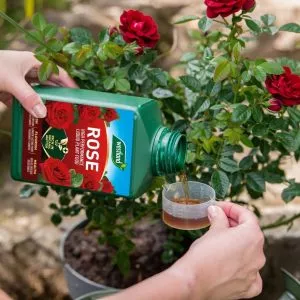
Deadheading roses is a simple yet rewarding practice that can significantly enhance the beauty and vitality of your garden. By following the steps outlined in this guide, you’ll ensure that your rose bushes continue to bloom, providing you with a stunning display of colors and fragrances throughout the growing season.

